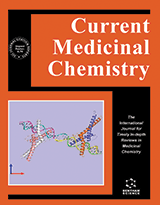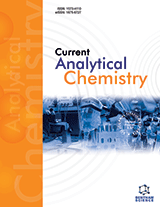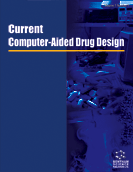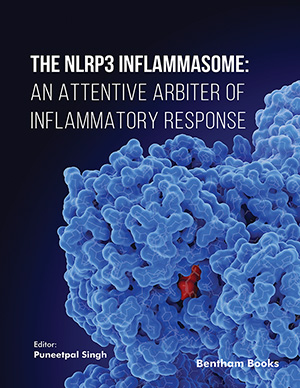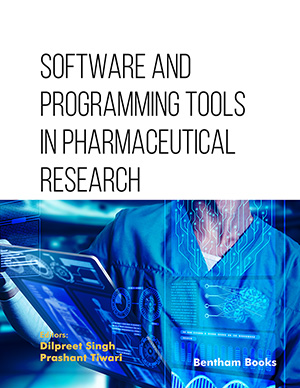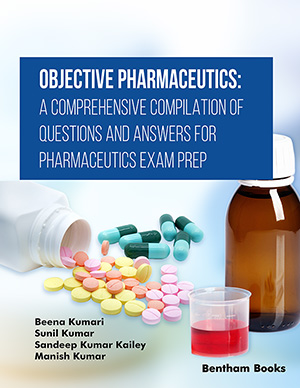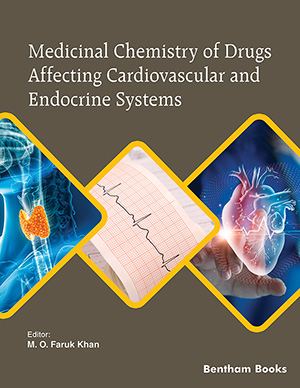Abstract
4-Aminobutyric acid is an inhibitory neurotransmitter involved in the control of neuronal activity in the mammalian central nervous system. There is considerable direct and indirect evidence that impaired activity of GABAmediated inhibitory synapses may be an important causative factor in experimental and clinical seizure disorders. This review is focused on the recent development of compounds which can influence GABA neurotransmission by affecting the GABA receptors, the plasma-membrane GABA transporters (GATs) and catabolic enzyme GABA-transaminase (GABAT). These compounds have been primarily investigated in relation to epilepsy, but it has also been found that a decrease in GABA neurotransmission appears to be involved in the aetiology of several neurological disorders such as insomnia, spasticity, neuropathic pain, anxiety and other mental disorders.
Keywords: GABA, GABA uptake inhibitors, GABAA receptor ligands, GABAB receptor ligands, GABAC receptor ligands, GABA aminotransferaseinhibitors.
Current Medicinal Chemistry
Title:GABA System as a Target for New Drugs
Volume: 21 Issue: 28
Author(s): P. Kowalczyk and K. Kulig
Affiliation:
Keywords: GABA, GABA uptake inhibitors, GABAA receptor ligands, GABAB receptor ligands, GABAC receptor ligands, GABA aminotransferaseinhibitors.
Abstract: 4-Aminobutyric acid is an inhibitory neurotransmitter involved in the control of neuronal activity in the mammalian central nervous system. There is considerable direct and indirect evidence that impaired activity of GABAmediated inhibitory synapses may be an important causative factor in experimental and clinical seizure disorders. This review is focused on the recent development of compounds which can influence GABA neurotransmission by affecting the GABA receptors, the plasma-membrane GABA transporters (GATs) and catabolic enzyme GABA-transaminase (GABAT). These compounds have been primarily investigated in relation to epilepsy, but it has also been found that a decrease in GABA neurotransmission appears to be involved in the aetiology of several neurological disorders such as insomnia, spasticity, neuropathic pain, anxiety and other mental disorders.
Export Options
About this article
Cite this article as:
Kowalczyk P. and Kulig K., GABA System as a Target for New Drugs, Current Medicinal Chemistry 2014; 21 (28) . https://dx.doi.org/10.2174/0929867321666140601202158
| DOI https://dx.doi.org/10.2174/0929867321666140601202158 |
Print ISSN 0929-8673 |
| Publisher Name Bentham Science Publisher |
Online ISSN 1875-533X |
Call for Papers in Thematic Issues
Advances in Medicinal Chemistry: From Cancer to Chronic Diseases.
The broad spectrum of the issue will provide a comprehensive overview of emerging trends, novel therapeutic interventions, and translational insights that impact modern medicine. The primary focus will be diseases of global concern, including cancer, chronic pain, metabolic disorders, and autoimmune conditions, providing a broad overview of the advancements in ...read more
Cellular and Molecular Mechanisms of Non-Infectious Inflammatory Diseases: Focus on Clinical Implications
The Special Issue covers the results of the studies on cellular and molecular mechanisms of non-infectious inflammatory diseases, in particular, autoimmune rheumatic diseases, atherosclerotic cardiovascular disease and other age-related disorders such as type II diabetes, cancer, neurodegenerative disorders, etc. Review and research articles as well as methodology papers that summarize ...read more
Chalcogen-modified nucleic acid analogues
Chalcogen-modified nucleosides, nucleotides and oligonucleotides have been of great interest to scientific research for many years. The replacement of oxygen in the nucleobase, sugar or phosphate backbone by chalcogen atoms (sulfur, selenium, tellurium) gives these biomolecules unique properties resulting from their altered physical and chemical properties. The continuing interest in ...read more
Current advances in inherited cardiomyopathy
Describe in detail all novel advances in multimodality imaging related to inherited cardiomyopathy diagnosis and prognosis. Shed light to deeper phenotypic characterization. Acknowledge recent advances in genetics, genomics and precision medicineread more
 71
71
- Author Guidelines
- Graphical Abstracts
- Fabricating and Stating False Information
- Research Misconduct
- Post Publication Discussions and Corrections
- Publishing Ethics and Rectitude
- Increase Visibility of Your Article
- Archiving Policies
- Peer Review Workflow
- Order Your Article Before Print
- Promote Your Article
- Manuscript Transfer Facility
- Editorial Policies
- Allegations from Whistleblowers
- Announcements
Related Articles
-
Substrates and Inhibitors of Human Multidrug Resistance Associated Proteins and the Implications in Drug Development
Current Medicinal Chemistry Synthesis and Biological Potential Assessment of 2-Substituted Quinazolin-4(3<i>H</i>)-ones as Inhibitors of Phosphodiesterase-I and Carbonic Anhydrase-II
Medicinal Chemistry Design, Synthesis of 6-Substituted-pyrido[3,2-d]pyridazine Derivatives with Anticonvulsant Activity
Medicinal Chemistry Immunotherapy Strategies for Spinal Cord Injury
Current Pharmaceutical Biotechnology Design and Evaluation of Semicarbazones and Thiosemicarbazones as Novel Anticonvulsants
Central Nervous System Agents in Medicinal Chemistry Editorial
Current Pediatric Reviews The Hypothalamus and Obesity
Recent Patents on CNS Drug Discovery (Discontinued) GPCR Allosteric Modulators: Mechanistic Advantages and Therapeutic Applications
Current Topics in Medicinal Chemistry Recent Developments in Deception Research
Current Psychiatry Reviews Safety Profile of the Newest Antiepileptic Drugs: A Curated Literature Review
Current Pharmaceutical Design Metabolism of Benzodiazepine and Non-Benzodiazepine Anxiolytic-Hypnotic Drugs: an Analytical Point of View
Current Drug Metabolism Neuropharmacological Profile of Gamma-Decanolactone on Chemically-induced Seizure in Mice
Central Nervous System Agents in Medicinal Chemistry Astrocytes: Implications for Neuroinflammatory Pathogenesis of Alzheimers Disease
Current Alzheimer Research P-Glycoprotein Contributes to Cell Membrane Depolarization of Hippocampus and Neocortex in a Model of Repetitive Seizures Induced by Pentylenetetrazole in Rats
Current Pharmaceutical Design The Quantitative Structure-Activity Relationships between GABAA Receptor and Ligands based on Binding Interface Characteristic
Current Computer-Aided Drug Design Considerations in the Development of Reversibly Binding PET Radioligands for Brain Imaging
Current Medicinal Chemistry Regulation of miRNA Processing and miRNA Mediated Gene Repression in Cancer
MicroRNA Neuroinflammation and Immunity: A New Pharmacological Target in Depression
CNS & Neurological Disorders - Drug Targets UCLA’s Molecular Screening Shared Resource: Enhancing Small Molecule Discovery with Functional Genomics and New Technology
Combinatorial Chemistry & High Throughput Screening Melatonin, a Potential Therapeutic Agent for Smooth Muscle-Related Pathological Conditions and Aging
Current Medicinal Chemistry


